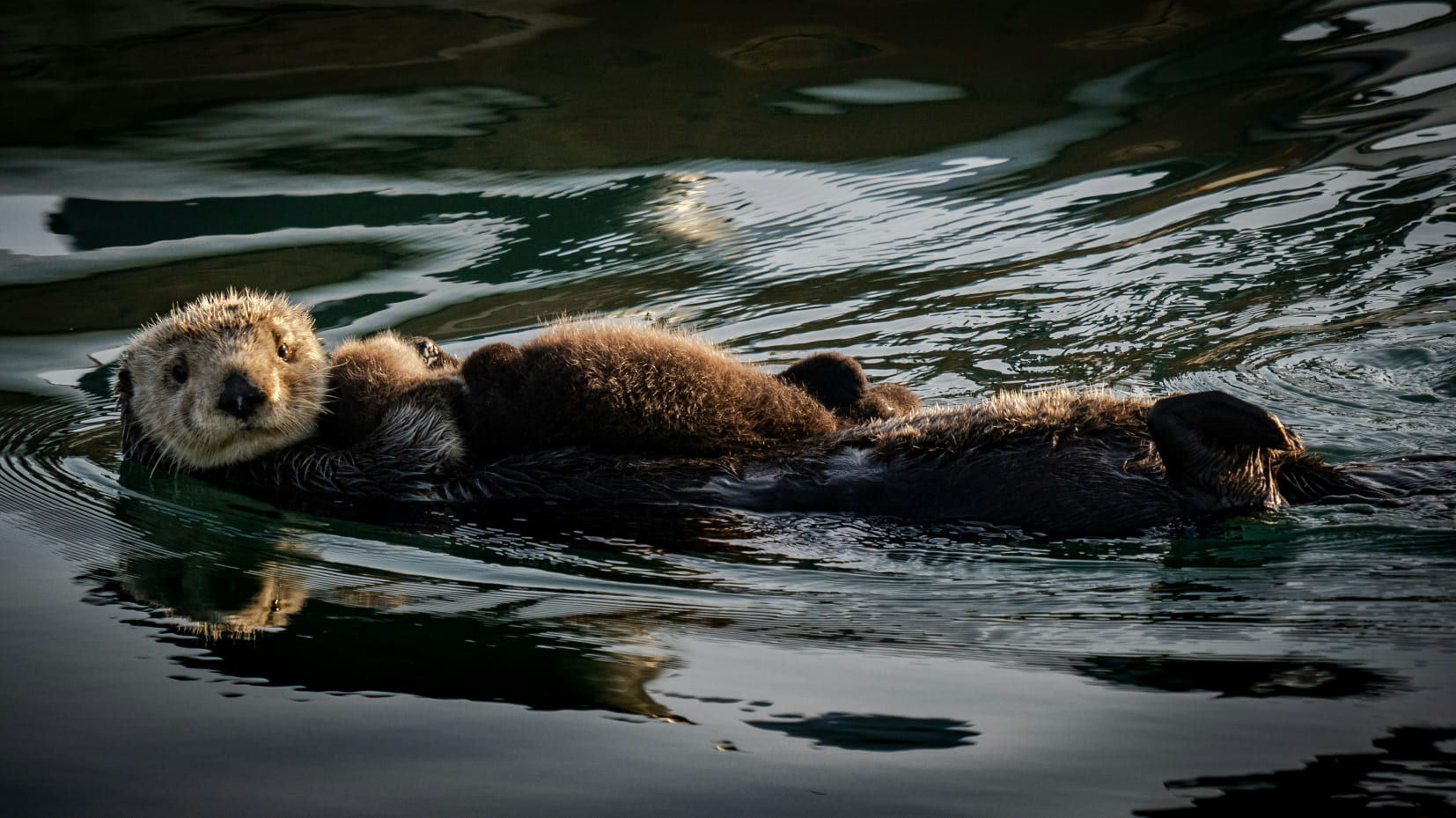HXPV+27R, Junwani Ryt., Madhya Pradesh 481639, India
HXPV+27R, Junwani Ryt., Madhya Pradesh 481639, India

Sea otters are among the ocean's most endearing and ecologically important creatures. Known for their playful behavior and adorable appearance, they play a vital role in maintaining the health of kelp forests, which provide shelter and food for countless marine species.
Zoos offer educational programs for people of all ages, from interactive exhibits to guided tours. These experiences foster a deeper understanding of the animal kingdom and inspire care for the environment.
Many zoos work actively to save endangered species through specialized breeding programs and habitat restoration. These efforts are essential for preserving species on the brink of extinction.